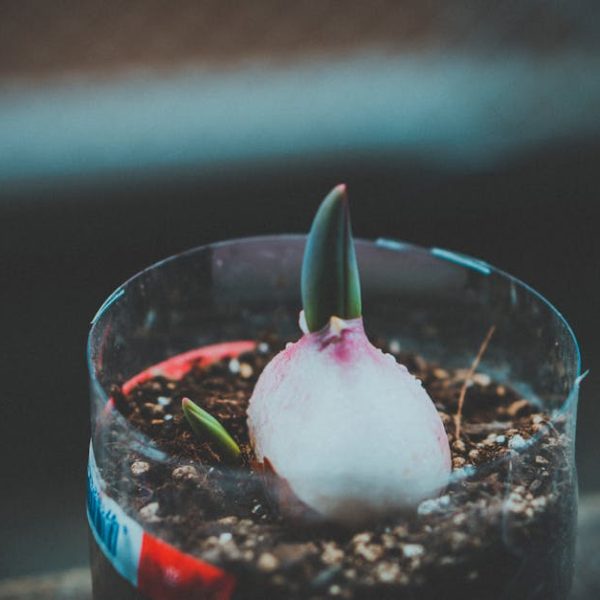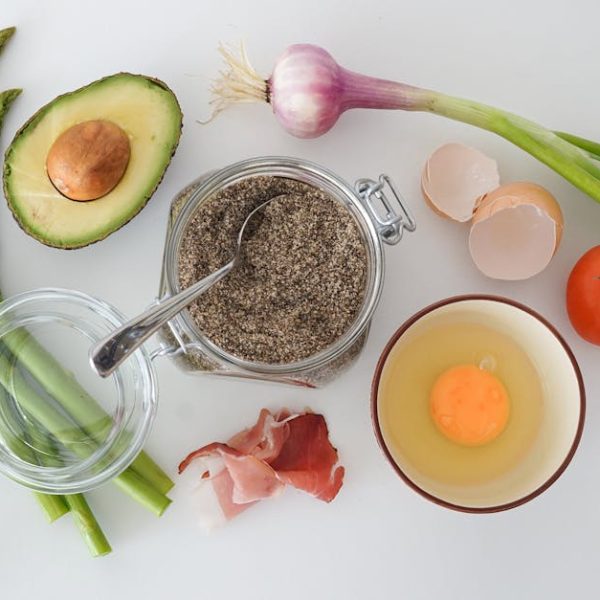Maintaining the fresh crunch and vibrant green of lettuce isn’t always an easy task, especially when you’re dealing with unpredictable factors like fluctuating refrigerator temperatures or a sudden surplus from your garden. Fortunately, there are effective ways to prolong the shelf life of your lettuce, enabling you to enjoy this nutrient-packed green at its best for longer than you might have thought possible. Across the subsequent sections, we will delve into four straightforward yet effective methods you can use to preserve your lettuce, each with its unique strengths and considerations.
Method 1: Refrigeration Technique
Refrigeration is perhaps the most common method for preserving lettuce. Despite its prevalence, there’s more to this technique than just cramming lettuce into your produce drawer and hoping for the best.
To start, always wash your lettuce thoroughly, a necessary step to remove any lingering dirt, bugs, or bacteria. Once your greens are as clean as can be, pat them dry or use a salad spinner. Excess water can lead to wilting, so ensure your lettuce is as dry as possible. Once dried, it’s time for storage.
Proper storage is another crucial step to ensure longevity – a basic zip-lock plastic bag won’t do the job. Instead, opt for a sealed plastic container lined with paper towels to help absorb any condensation.
- Pro Tips: Mason jars are also a great option for storage as they’re airtight and easy to store in the refrigerator. Be sure not to pack lettuce leaves too tightly which can lead to crushing or bruising.
- Checklist:
– Wash lettuce.
– Dry thoroughly.
– Line a sealed plastic container or mason jar with paper towel.
– Store lettuce, without overcrowding leaves.
Method 2: Using the Hydrocooling Approach
Hydrocooling is a method that involves chilling the produce in water to remove field heat – the heat naturally retained by the lettuce on being harvested. This process helps to slow down the respiration and transpiration rates, leading to longer preservation of your lettuce.
To effectively hydrocool your lettuce at home, fill a clean sink or large bowl with ice water. Put your produce into the water, making sure it’s fully submerged. After around 15 to 20 minutes, remove your lettuce and treat it the same way as you would with the refrigeration method- dry it thoroughly and store in a properly lined container.
- Best Practices: Remember to wash your lettuce both before and after the hydrocooling process to ensure it’s completely clean. Furthermore, don’t forget to replace the water as needed – once it feels tepid, it’s time for a new batch!
- Comparison: Hydrocooling vs Refrigeration Technique
| Pros | Cons | |
|---|---|---|
| Refrigeration | Simple, requires minimal equipment, familiar to most | Not as efficient in removing field heat |
| Hydrocooling | Efficient in removing field heat, prolongs freshness | Requires more time, effort, and at times constant water replacement |
Method 3: Preservation by Vacuum Sealing
In contrast to refrigeration and hydrocooling, vacuum sealing presents another method that can significantly increase the shelf life of your lettuce. This method works by removing the air primarily responsible for the decay and discoloration of the lettuce.
Firstly, invest in a quality vacuum sealer. They are available in different sizes, depending on your usage. For lettuce, a handheld vacuum sealer could be more than enough. Once you have your vacuum sealer, the process is simple – place your washed and dried lettuce in the vacuum bag, seal it, and store it properly in your refrigerator.
- Pro Tips: Don’t forget to label your sealed bags with the date of packing. This way, you can easily keep track of your food and prevent any potential waste.
- Lists: Recommended vacuum sealers suitable for home use:
– FoodSaver V2244 Vacuum Sealing System
– Mueller Vacuum sealer Machine
– NESCO VS-12 Deluxe Vacuum Sealer
Method 4: Freezing Technique
Yes, you heard it right. You can freeze lettuce. Contrary to popular belief, if done right, freezing can preserve your lettuce without making it lose its crunchiness. The secret lies in blanching it first, a process that involves briefly immersing the lettuce in boiling water and then quickly cooling it down in ice-cold water.
After blanching, thoroughly dry the lettuce, pack it in freezer-friendly bags or containers, and then throw it in the freezer.
- Best Practices: Arrange the lettuce leaves in a single layer during freezing to prevent them from mashing together.
- Comparison: Freezing vs Vacuum Sealing
| Pros | Cons | |
|---|---|---|
| Freezing | Prolongs freshness for a considerable time period, lettuce can be used directly out of the freezer | Changes in texture may occur, initial blanching step required |
| Vacuum Sealing | Ideal for space saving, excellent in preserving freshness for a short to medium time frame, no texture changes | Investment in equipment necessary, will not preserve lettuce indefinitely |
In conclusion, preserving lettuce doesn’t have to be a tedious task. If executed correctly, these techniques can save you the stress of dealing with wilted or discolored lettuce, maximizing both its freshness and your meal potential. So give these methods a try and enjoy your lettuce in its prime as and when you want!
Key Takeaway:
- Refrigeration, hydrocooling, vacuum sealing, and freezing are all effective methods for preserving lettuce. Each has its unique strengths and considerations.
- Proper washing, drying, and storage are crucial aspects common to all techniques.
- Hydrocooling works best in removing the lettuce’s field heat, significantly slowing down its respiration and transpiration rates. Using this method requires time and effort but it provides prolonged freshness.
- Vacuum sealing can tremendously increase the shelf life of lettuce by removing air, which speeds up decay and discoloration. It needs investment in equipment but is excellent for preserving freshness for a short to medium time frame.
- Freezing lettuce, when done right, can help maintain its crunchiness for a long time. Blanching is a vital pre-step for successful freezing.
You play an important role in making sure your lettuce stays fresh for longer. With the right techniques, washing, and storage tips, you can minimize waste and maximize freshness. Remember, the goal is to enjoy the vibrant, nutrient-rich lettuce in its prime.
FAQs
Q: Can I mix different types of lettuce when using these preservation methods?
A: Yes, you can mix different types of lettuce. However, it’s important to remember that different varieties may have varying shelf lives even after preservation.
Q: How long can I expect my lettuce to last using these preservation methods?
A: The shelf life of preserved lettuce can vary depending on the method. Typically, refrigeration can extend the freshness for about a week, hydrocooling for around two weeks. Vacuum sealing can last for months while freezing can keep your lettuce fresh for up to a year.
Q: Can I reuse the vacuum sealing bags?
A: Some vacuum sealing bags can be washed and reused, but it generally depends on the manufacturer’s guidelines. Always check the instructions before reusing.
Q: Is it safe to freeze all types of lettuce?
A: Not all types of lettuce freeze well. Crisphead lettuces like Iceberg do not freeze well due to their high water content. On the other hand, Romaine, Butterhead, and leaf lettuces are good candidates for freezing as they have more robust leaves.
Q: Is there a specific kind of container to use when freezing lettuce?
A: No, you can use any freezer-friendly container. Preferably, use a container that can be sealed tightly and is large enough to avoid crushing your lettuce leaves.
We hope this guide is helpful to you. Don’t hesitate to share it with your fellow lettuce lovers! Explore more posts on our website and stay tuned for more practical tips and advice.






